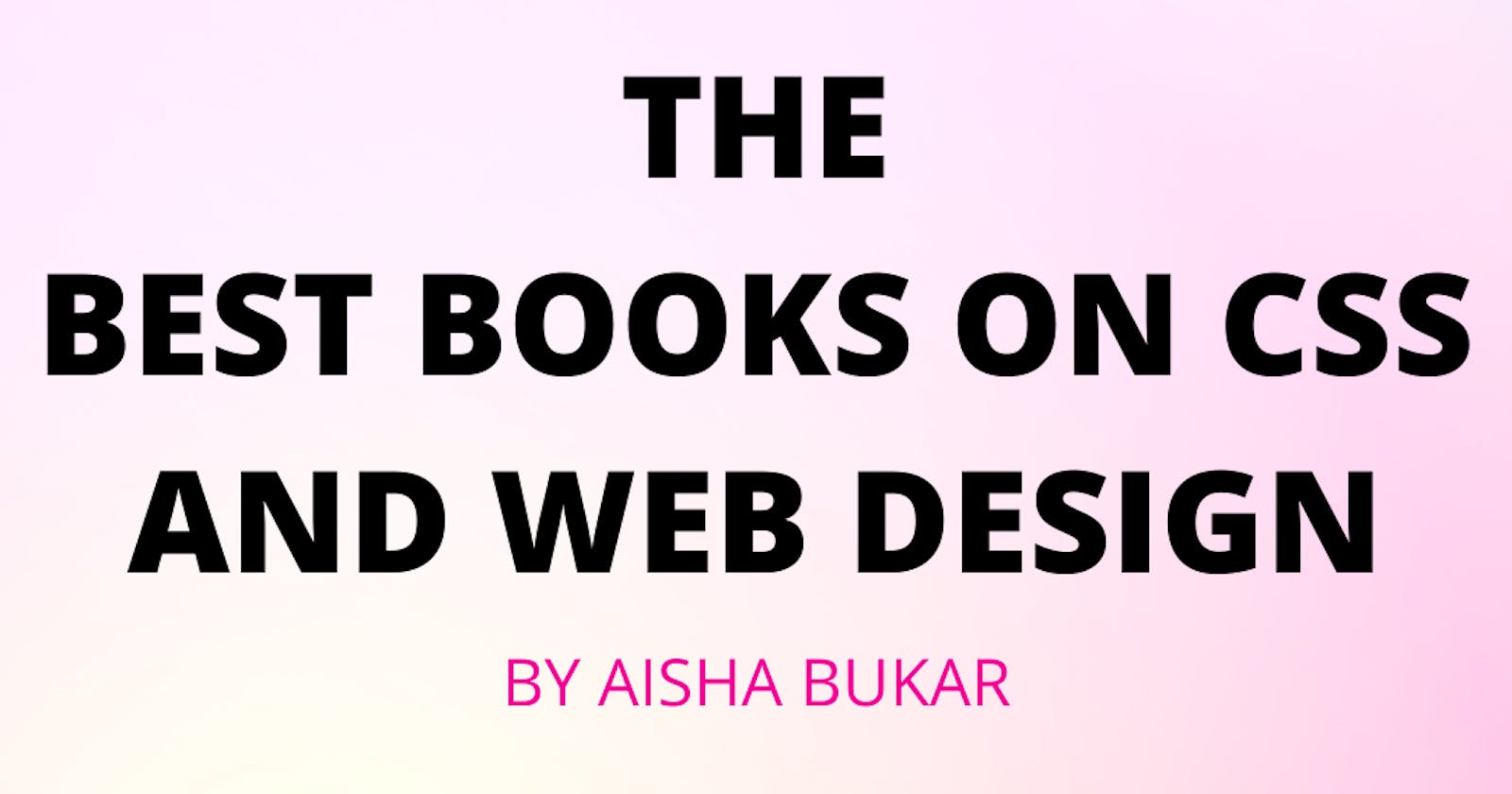Table of contents
- 1. HTML and CSS: Design and Build Websites - Jon Duckett
- 2. CSS in Depth - Keith J. Grant
- 3. Don't Make Me Think, Revisited: A Common Sense Approach to Web Usability - Steve Krug
- 4. CSS3 For Web Designers - Dan Cederholm
- 5. Responsive Web Design with HTML5 and CSS - Ben Frain
- 6. The Elements of User Experience, Second Edition: User-Centered Design for the Web and Beyond - Jesse James Garrett
- 7. Laws of UX: Using Psychology to Design Better Products and Services - Jon Yablonski
- 8. The Design of Everyday Things: Revised and Expanded Edition- Don Norman
- Conclusion
For some people, watching tutorial videos is the easiest/quickest way to learn, while others may prefer the more traditional method of reading books. Call me old-fashioned, but nothing beats reading and interacting with the reader. It provides a more intuitive level of knowledge and makes it easier to refer to a part anytime you need it.
Whether you're a beginner looking to learn or start your career in web development or an experienced developer looking to expand your knowledge or improve your skills, the books mentioned below can help you find what you're looking for.
1. HTML and CSS: Design and Build Websites - Jon Duckett
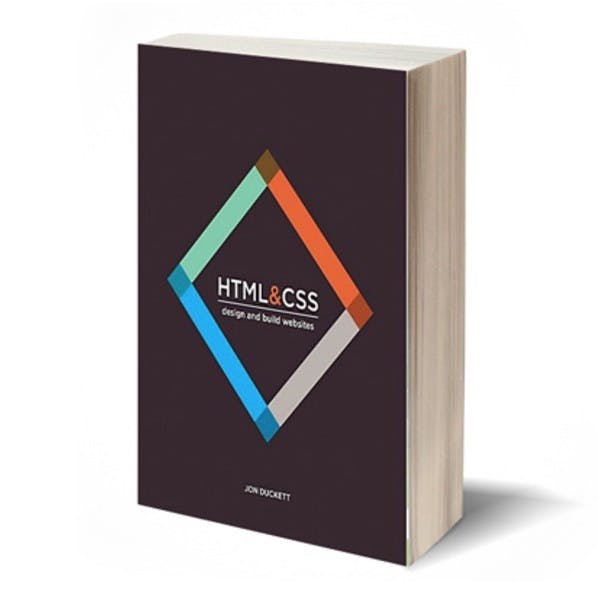 For a good reason, this work is highly regarded. It covers HTML and CSS, which are the fundamentals of web design that every developer should grasp. There is no perfect way to learn these languages than with Jon Duckett's best-selling guide. HTML and CSS: Design and Build Websites delivers an engaging and accessible style that anyone can understand. It's a useful book to have on hand when you need to polish up your knowledge.
For a good reason, this work is highly regarded. It covers HTML and CSS, which are the fundamentals of web design that every developer should grasp. There is no perfect way to learn these languages than with Jon Duckett's best-selling guide. HTML and CSS: Design and Build Websites delivers an engaging and accessible style that anyone can understand. It's a useful book to have on hand when you need to polish up your knowledge.
What to expect from reading this book?
- A good introduction to learning HTML and CSS in depth
- It has a code section to teach you the right example
- It has an excellent index and several reference sections. It is a well designed and structured book
- It provides an informative and comprehensive approach to making learning how to code more accessible.
2. CSS in Depth - Keith J. Grant
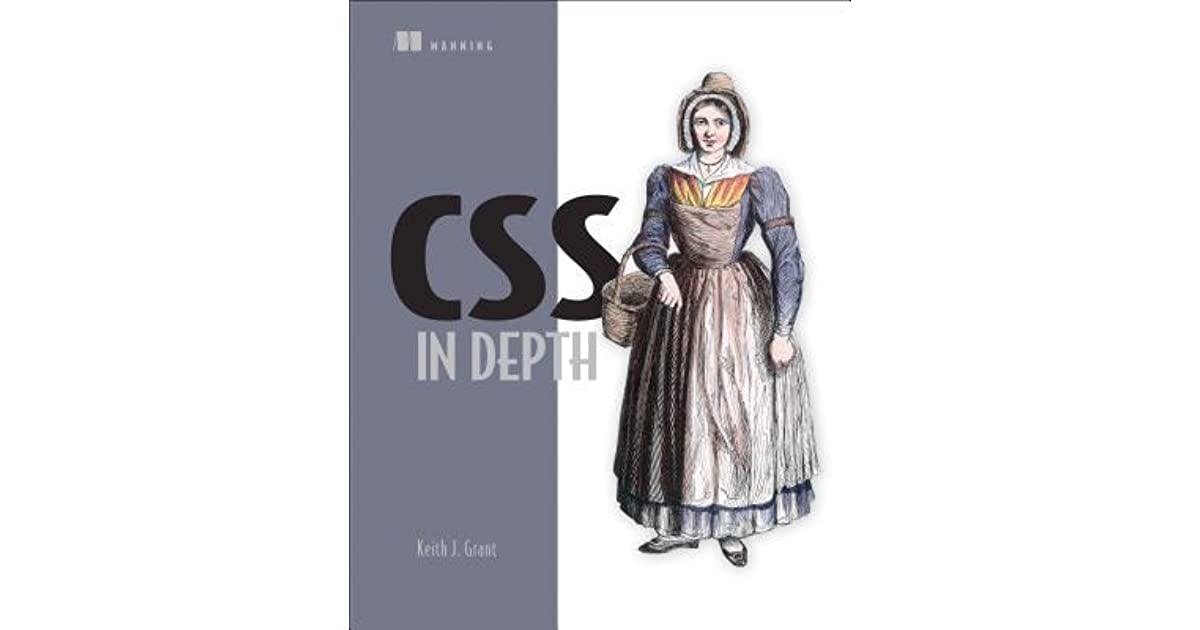 CSS in Depth is an excellent book that will teach you a plethora of CSS skills. It is jam-packed with unique examples and best practices that will not only sharpen your technical abilities but also help stimulate your design sense. This book will help you enhance your web design skills and make your apps seem awesome!
CSS in Depth is an excellent book that will teach you a plethora of CSS skills. It is jam-packed with unique examples and best practices that will not only sharpen your technical abilities but also help stimulate your design sense. This book will help you enhance your web design skills and make your apps seem awesome!
What to expect from reading this book?
It offers a code-along experience through its examples and resources on GitHub (Google "CSS in Depth Github files" )
It teaches the fundamentals of the most important components, including cascade, specificity, inheritance, relative units, and the box model, which is frequently overlooked when beginning as a web developer.
This book discusses CSS at scale, which is extremely beneficial for developers working on enterprise web applications. It demonstrates the value of CSS organization by employing organizational practices and providing a pattern library to encourage CSS reuse.
Backgrounds, shadows, blend modes, contrast, color, spacing, typography, animation, and so on are all covered in this book.
3. Don't Make Me Think, Revisited: A Common Sense Approach to Web Usability - Steve Krug

Thousands of developers have relied on usability master Steve Krug's book to help them comprehend information design principles. It is widely regarded as one of the best works on the subject. The revised edition additionally incorporates recommended practices for mobile usability.
What to expect from reading this book?
- This book explains the fundamentals of usability testing and why it is so important to developers all over the world.
- It is simple to use even for non-designers. If you're unfamiliar with UX, you'll want to keep this book on hand to reorient yourself.
- Almost every page of this book contains a useful tip.
- This book contains some of the best and most understandable chapters, such as user testing on a limited budget and web accessibility.
- It is a concise book. It breaks down each narrative, making it easier for beginners.
4. CSS3 For Web Designers - Dan Cederholm
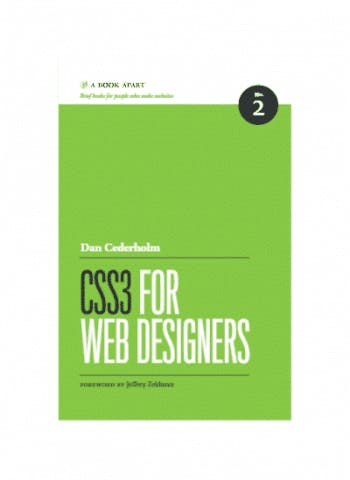 Dan Cederholm is the most qualified individual to guide you through these star clusters. CSS3 for web designers offers a plethora of creative options, ranging from advanced selectors to created content to web fonts to stunning animations. This book covers new CSS3 features and approaches like how to utilize CSS3 today, Micro layouts, Understanding CSS Transitions, Hover-Crafting with CSS3, and Enriching forms.
Dan Cederholm is the most qualified individual to guide you through these star clusters. CSS3 for web designers offers a plethora of creative options, ranging from advanced selectors to created content to web fonts to stunning animations. This book covers new CSS3 features and approaches like how to utilize CSS3 today, Micro layouts, Understanding CSS Transitions, Hover-Crafting with CSS3, and Enriching forms.
What to expect from reading this book?
- This book explains CSS3 codes in detail. It describes which lines of code should be added to match an older browser. It's a great book to read and revisit
- It describes how to use effects like transitions, transforms, and animations, but more importantly, it suggests when to use them.
- It gives a brief overview of what CSS3 we can safely use today, including both the advantages and disadvantages and how to make CSS3 work in browsers that don't support it.
5. Responsive Web Design with HTML5 and CSS - Ben Frain

This book helps you learn and experiment with the latest HTML5 features in the context of responsive web design. It discusses how to integrate CSS media queries into your designs and how to make your pages interactive by using CSS animations, transformations, and transitions.
What to expect from reading this book?
It shows you how to incorporate SVGs into your designs for resolution-independent pictures.
It delves into the most recent developments in responsive web design, such as variable fonts, CSS Scroll Snap, and more.
It teaches you how to use and benefit from the new CSS Grid layout.
It will assist you in understanding the principles of web design and their significance to modern web design.
6. The Elements of User Experience, Second Edition: User-Centered Design for the Web and Beyond - Jesse James Garrett
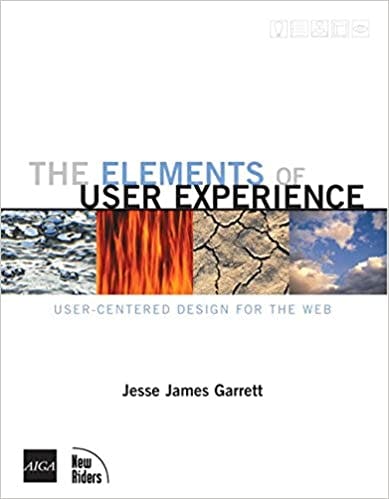
With concise explanations and colorful graphics that focus on ideas rather than tools or procedures, The Elements of User Experience simplifies user-centered design for the Web. Jesse James Garrett provides readers with a comprehensive overview of Web user experience development, covering everything from strategy and requirements to information architecture and aesthetic design. This approachable primer assists any Web development team, small or large, create an excellent user experience.
What to expect from reading this book?
- It provides you with a thorough understanding of the User Experience layers.
- It teaches the fundamentals of a good SDLC process before attempting to deliver a good User Experience.
- It provides simple yet effective and in-depth solutions to help improve any websites being built or that are already live.
- When managing a large team and needing a framework to coordinate your designers, this is a good book to read.
7. Laws of UX: Using Psychology to Design Better Products and Services - Jon Yablonski
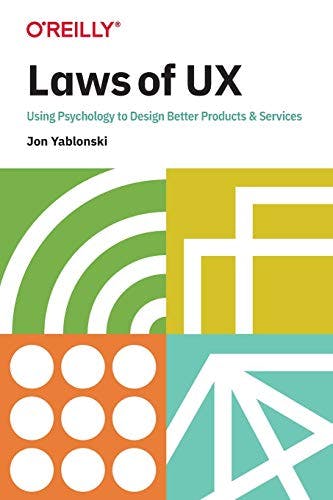
Laws of UX: Using Psychology to Design Better Products and Services aims to make complex psychological laws more accessible to designers, particularly those without a background in psychology or behavioral science. This book is for anyone who wants to improve their design skills, learn more about the intersection of psychology and design.
This will also be useful for anyone looking to understand the business value of good design and why it is transformative for businesses and organizations.
What to expect from reading this book?
- It teaches the most important psychological principles for designers.
- It describes predictive models such as Fitts' law, Jakob's law, and Hick's law.
- You will learn how to create visually appealing designs.
- It teaches how to create experiences that are responsive to how users perceive and process digital interfaces.
8. The Design of Everyday Things: Revised and Expanded Edition- Don Norman
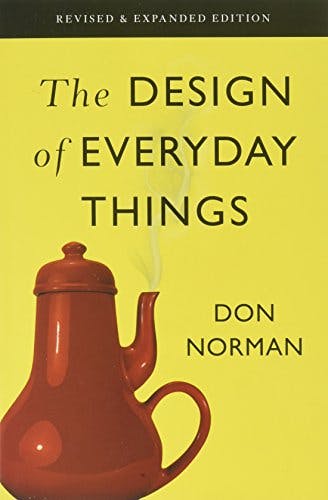
The Design of Everyday Things is an excellent primer on why some products satisfy customers while others irritate them. It demonstrates that good, usable design is achievable. Don Norman provides us with a plethora of new ideas to consider while also reminding us of the fundamental principles of great and meaningful design.
What you would learn from this book ?
It walks you through the typical interaction cycle, from the user's idea of action to the interpretation of feedback they receive.
It comes in handy when you're trying to 'debug' the interactions and figure out why users find your design distracting, irritating, or counter-intuitive.
It defines terms you've heard but aren't sure what they mean (A/B testing, root cause analysis, iterative vs. waterfall approach) or how they can help you improve your design.
Conclusion
Although everyone has an opinion about every book, I strived to compile a list of the best books on web design and CSS that are extremely useful, highly recommended, and have few flaws. I hope you find them useful and can put them into practice in the real world. Thank you for taking the time to read this, and have a wonderful day!

